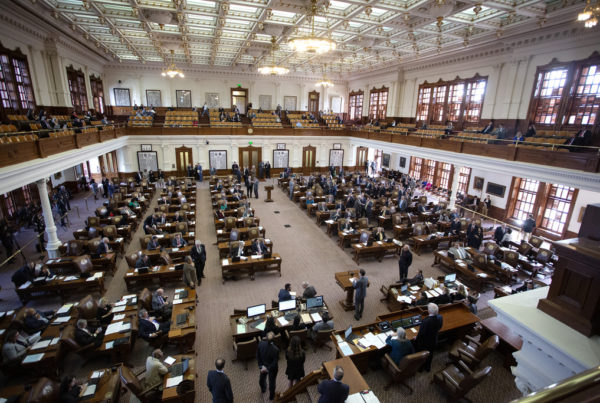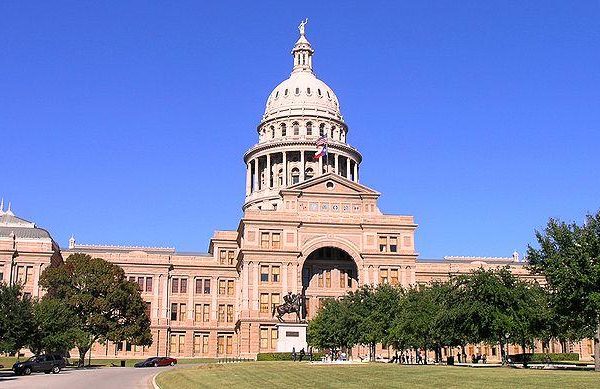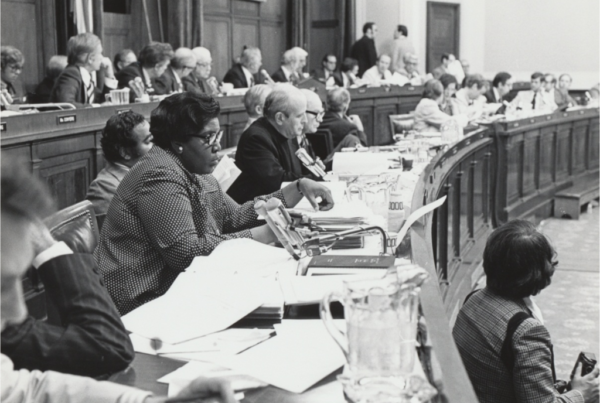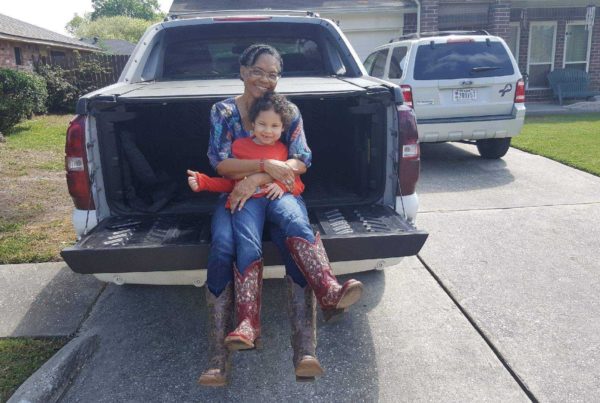On Thursday, Customs and Border Protection Commissioner Kevin McAleenan told reporters in El Paso that the U.S. immigration system has reached “a breaking point.” His comments came as photos began to circulate on social media showing scores of people, including families and small children, being held in a chain-link pen, topped by razor wire, under a highway bridge in El Paso. They are asylum-seekers waiting to be processed by immigration officers.
El Paso’s mayor Dee Margo told NPR he’s seen the makeshift encampment, and that without the help of Congress to fix immigration laws, he’s concerned the city and its resources will be overwhelmed by the large numbers of migrants seeking asylum.
But Margo didn’t endorse President Donald Trump’s tweet Thursday, in which he threatened to close the border altogether.
Mexico is doing NOTHING to help stop the flow of illegal immigrants to our Country. They are all talk and no action. Likewise, Honduras, Guatemala and El Salvador have taken our money for years, and do Nothing. The Dems don’t care, such BAD laws. May close the Southern Border!
— Donald J. Trump (@realDonaldTrump) March 28, 2019
Julian Aguilar reports on immigration and border security for the Texas Tribune. He says Commissioner McAleenan said that in El Paso alone, there are more than 3,500 migrants in detention. Some 570 migrants are being apprehended each day, he says.
“You can take a politician’s word with a grain of salt, if you like, or you can take an activist group’s word with a grain of salt … but I think it’s the folks in nonprofit, nongovernmental organizations that are seeing this on the ground, and even they are saying that they are overwhelmed,” Aguilar says.
The migrant encampment in El Paso is located under one of the international bridges that connects the U.S. and Mexico, and is adjacent to a migrant processing center, Aguilar says. Some migrants are living outside, some in a military-style tent and others are waiting in a building next to the outdoor encampment.
When migrants are apprehended, or present themselves to make asylum claims, they are transferred to the custody of one of several agencies, depending on whether they are traveling with children, are single adults or are unaccompanied minors. The agency then determines which migrants are released. Aguilar says the process may be streamlined temporarily, with Border Patrol agents “becoming judge and jury,” and making release decisions immediately.
The crush of migrants is a new phenomenon for El Paso, Aguilar says, though the numbers would not be considered high compared to those in the Rio Grande Valley, where officials have more resources to process migrants. Even so, South Texas sectors are also dealing with larger-than-normal numbers of migrants, which is straining available resources.
Aguilar says there’s disagreement over why so many migrants are coming to El Paso now. One factor is the Trump administration’s aggressive immigration policy. Another is the mild spring weather in the border region. But the region will quickly turn hot as summer approaches, which makes migration more dangerous. He also says conditions in migrants’ home countries are driving them to try to enter the U.S.
“These are economic migrants that are fleeing poverty,” Aguilar says. “They’re not able to make it there themselves. And Central America – the Northern Triangle countries – are still some of the most violent in the hemisphere.”
Meanwhile, under the bridge in El Paso, and in detention facilities bursting at the seams with migrants, the risk of illness and other threats increases.
“What folks, I think, are worried about is that the system is going to become so overwhelmed that these folks are just going to spill out onto the street, and then you’re going to see a backlash from some of the folks that live here,” Aguilar says.
Written by Shelly Brisbin.















